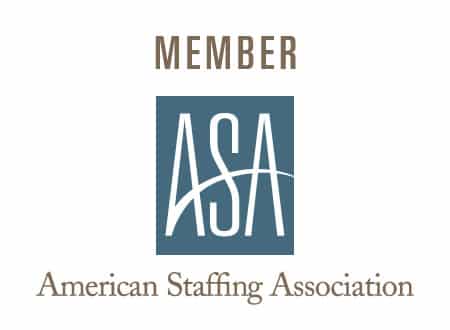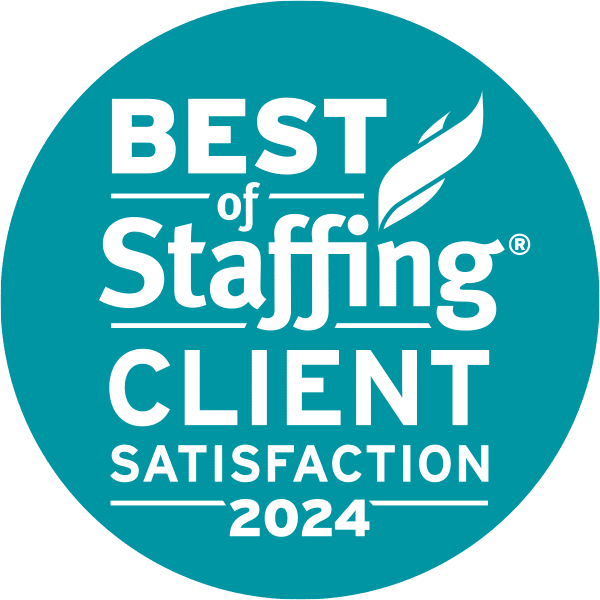Open enrollment season is upon us. Is your organization prepared?
Although health care reform has been relatively quiet this year, an active political scene has kept rising health care costs at the media’s forefront. This attention, coupled with an uncertain economy and a renewed corporate focus on wellness, has fueled the need for better open enrollment benefits communication.
According to Jennifer Benz, Founder and Chief Strategist of Benz Communications, a leading HR and benefits communication strategy boutique, “Clearly, the era of ‘we’ll take care of everything for you’ is over and ‘we’ll help you find your way’ is here to stay. Employers have a responsibility to educate employees about making good short-term decisions and helping them see the longer-term picture of how health and financial security stack up.”
When it comes to making good benefits decisions, the stakes are high for your employees. More than ever, your staff is relying on you to provide the information they need to make wise choices. Although you may have been providing benefits information throughout the year, here are a few tips for improving communications during your 2011 open enrollment campaign:
Be purposeful. While neither your company nor its employees can solve the systemic problems related to health care, there are concrete, simple actions you can take to help control costs. Use enrollment as an opportunity to promote programs your company invests in that may be unnoticed or underused by employees. Focus on the tangibles behaviors that impact employees’ wallets, such as:
- getting preventative care
- participating in biometric screenings and other wellness programs
- enrolling in more cost-effective plans
- switching to generics
- using prescription mail order programs
- taking advantage of health savings accounts (HSAs) and flexible spending accounts (FSAs)
Be personal. Whether explaining a new program or re-engaging employees with existing benefits, focus on their needs and provide meaningful examples. For instance, give dollars-and-cents scenarios to illustrate how family deductibles work, or offer free preventive medicine samples for individuals with chronic conditions.
Keep it simple. Employees don’t use or understand benefits jargon, so use everyday, real-life language. Define terms. Repeat concepts. Use visuals. Keep in mind that bullet points, graphics, charts and Q&As are helpful. This is especially important as benefit plans become more complex. A results-based wellness program or value-based plan design needs to be communicated in a way that makes sense to employees without raising their suspicion or fears.
Communicate frequently. The gap between how the rest of the world communicates and how companies communicate about their benefits is growing wider. To remedy this, use social media to communicate year-round. Tools like benefits blogs and Twitter benefit feeds are easily implemented with little risk. If you’re not sure what to say, countless resources are available online to get you started.
Acknowledge uncertainty. Quite frankly, there are too many things influencing the health care and retirement systems to make short- or long-term predictions or promises, even though employees might ask for them. An honest acknowledgement of this tension and a commitment to regular communication can help employees to feel that their concerns are being heard.
(Source: Benz Communications)
Wood Personnel can provide the administrative, clerical and HR support your organization needs throughout open enrollment season and beyond. Contact us today to learn more.


